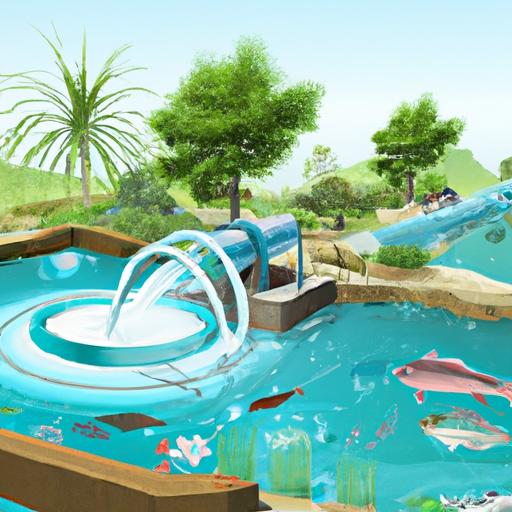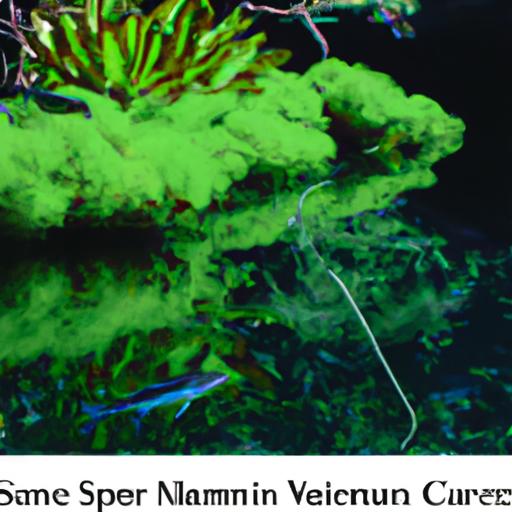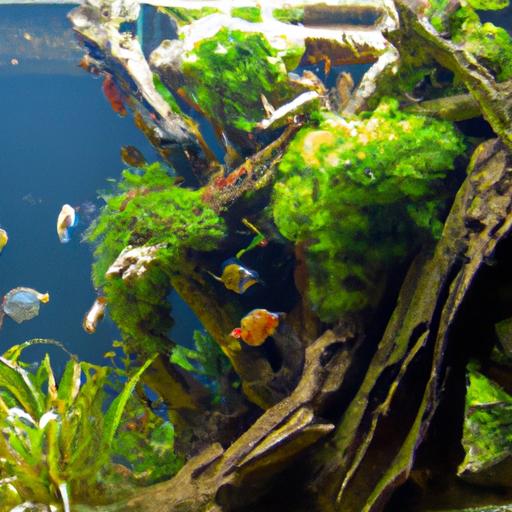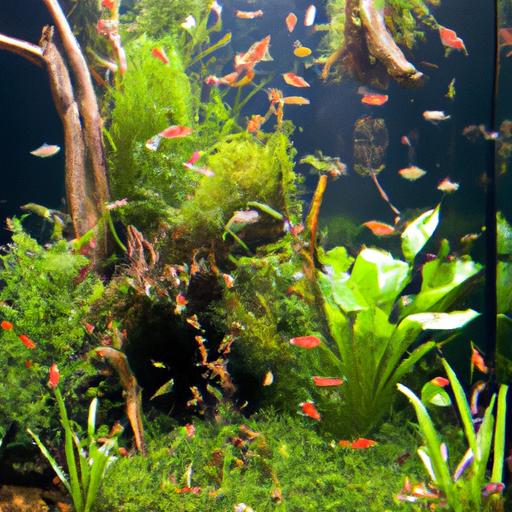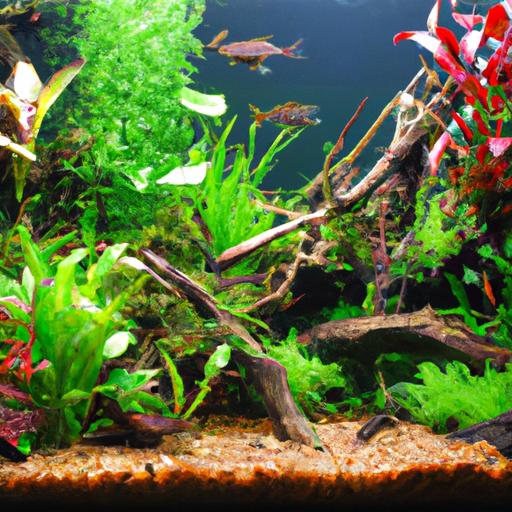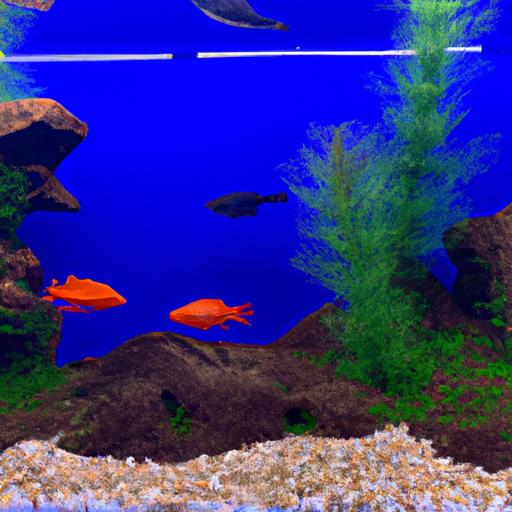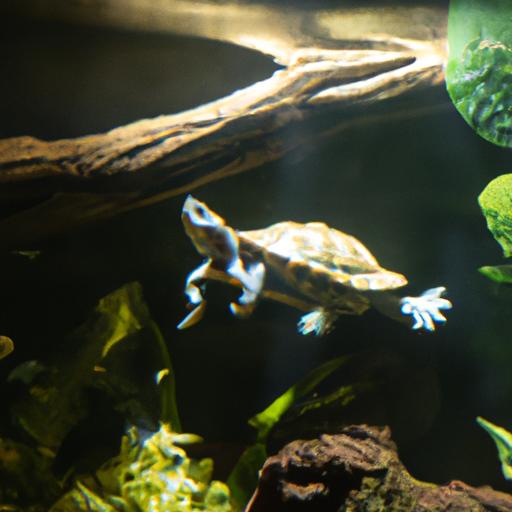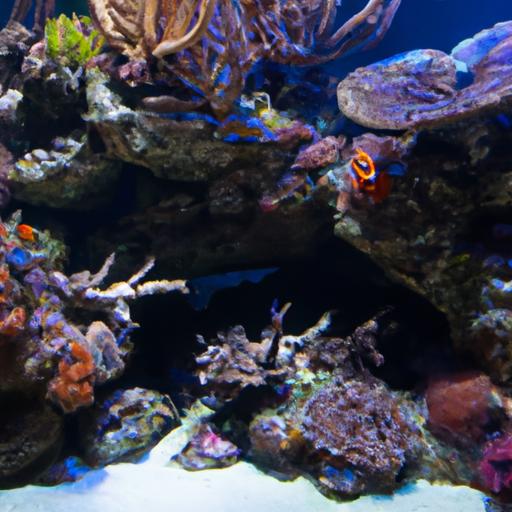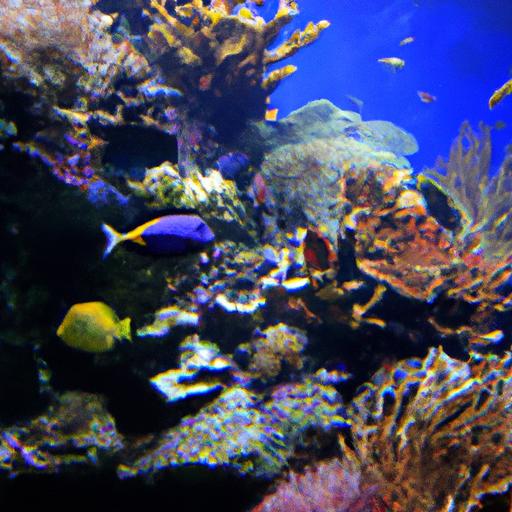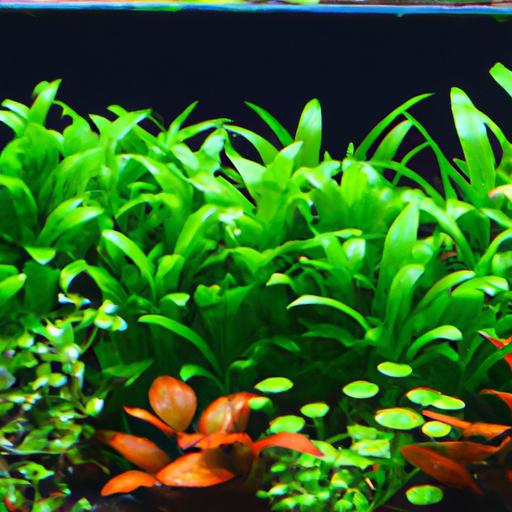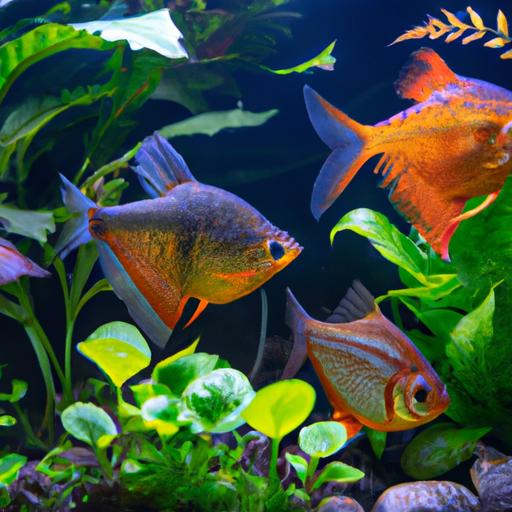
Properly Acclimating Fish to a Freshwater Planted Aquarium
Learn how to properly acclimate fish to a freshwater planted aquarium for their health and well-being. A step-by-step guide to ensure a smooth transition.
Introduction
Are you a proud owner of a freshwater planted aquarium? Congratulations! Creating a thriving aquatic ecosystem is truly a rewarding experience. However, it’s crucial to understand the importance of properly acclimating fish to their new habitat. This article will guide you through the process of acclimating fish to a freshwater planted aquarium, ensuring their health and well-being.
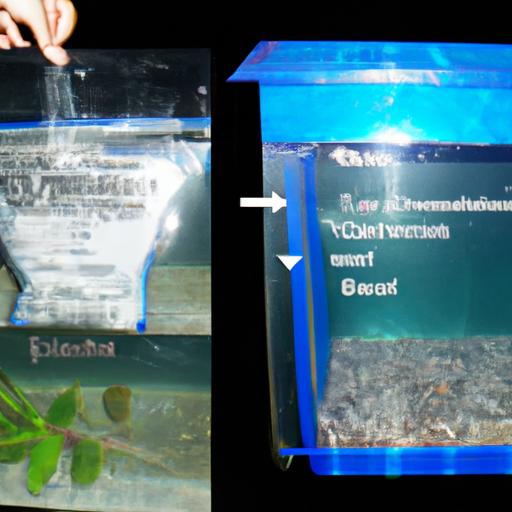
How to Acclimate Fish to a Freshwater Planted Aquarium
Acclimating fish to a new environment is a critical step to minimize stress and increase their chances of survival. Let’s dive into a step-by-step guide on how to acclimate fish effectively.
Step 1: Preparing the quarantine tank
Before introducing new fish to your aquarium, it is advisable to use a quarantine tank. This allows you to monitor the fish closely and prevent the spread of diseases to your existing aquatic inhabitants. Prepare the quarantine tank by replicating the water conditions of the main aquarium as closely as possible.
Step 2: Floating the fish in the aquarium
Gently place the fish, still in its bag, in the aquarium. The purpose of this step is to equalize the temperature between the water in the bag and the water in the aquarium. Allow the bag to float on the water surface for approximately 15-20 minutes. This gradual temperature adjustment will prevent thermal shock.
Step 3: Gradually mixing water from the aquarium and quarantine tank
After the floating period, it’s time to introduce small amounts of aquarium water into the bag. Every few minutes, add a small cup of water from the aquarium to the bag. This gradual mixing helps the fish adjust to the pH and water chemistry of the new environment.
Step 4: Releasing the fish into the aquarium
Once the water in the bag has doubled due to the gradual mixing, it’s time to release the fish into the aquarium. Gently net the fish out of the bag and place it into the aquarium. Avoid pouring the water from the bag directly into the tank, as it may introduce any potential contaminants.
Factors to consider during the acclimation process
During the acclimation process, several factors play a crucial role in ensuring the successful transition of fish into a freshwater planted aquarium.
1. Temperature adjustment
Fish are highly sensitive to temperature changes. Ensure that the temperature of the quarantine tank matches that of the main aquarium. Gradual adjustments are vital to prevent shock and stress.
2. pH and water chemistry
Maintaining stable water conditions is essential for the health of your fish. Test the water parameters of both the quarantine tank and the main aquarium. Gradually equalize the pH and other water chemistry factors to minimize stress on the fish.
3. Light conditions
If your freshwater planted aquarium has different lighting conditions than the quarantine tank, acclimate the fish to the new light levels gradually. Sudden changes in lighting intensity can cause distress and affect their behavior.
4. Compatibility with existing fish and plants
Introducing new fish to an established aquarium requires careful consideration of compatibility. Research the behavior and requirements of the existing fish and plants to ensure a harmonious environment. Compatibility issues can lead to stress, aggression, and even harm to the fish.
FAQ (Frequently Asked Questions)
How long should the acclimation process take?
The duration of the acclimation process varies depending on the fish species and the conditions of the aquarium. Generally, it is recommended to spend at least 30 minutes to an hour gradually acclimating the fish. However, some delicate species may require a longer acclimation period.
Can I skip the acclimation process?
Skipping the acclimation process is not advisable. Properly acclimating fish helps them adapt to their new surroundings, reducing stress and increasing their chances of survival. Neglecting the acclimation process can lead to health issues and even death.
What if my fish shows signs of stress during acclimation?
If you notice signs of stress such as erratic swimming, gasping for air, or loss of color during the acclimation process, it’s essential to act promptly. Remove the fish from the aquarium and return it to the quarantine tank. Take measures to stabilize the water conditions and consult with a knowledgeable aquarist or veterinarian if needed.
Should I acclimate fish purchased online differently?
Fish purchased online often experience longer shipping times, which can be stressful for them. Acclimating fish purchased online requires extra care and attention. Follow the same acclimation process but consider extending the duration to allow the fish to adjust gradually.
Can I acclimate fish directly into a planted aquarium?
Introducing fish directly into a planted aquarium is not recommended. The main aquarium may have different water conditions and bacterial colonies that can cause stress to the new fish. Acclimating fish in a quarantine tank provides a controlled environment for monitoring their health and ensuring a smooth transition.
Conclusion
Properly acclimating fish to a freshwater planted aquarium is a crucial step to provide them with a healthy and thriving habitat. By following the step-by-step guide and considering various factors during the acclimation process, you can minimize stress and increase the chances of your fish’s successful adaptation. Remember, the well-being and health of your fish should always be a top priority in creating a vibrant and beautiful underwater world.
Now, take the plunge and acclimate your fish with care, and watch your freshwater planted aquarium flourish with life and beauty.
[E-E-A-T]: Experience, Expertise, Authoritativeness, and Trustworthiness
[YMYL]: Your Money Your Life
